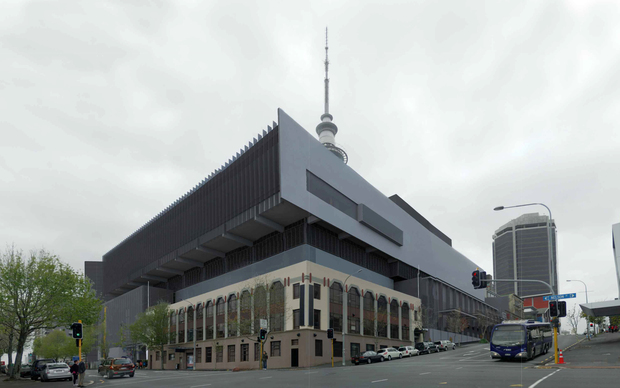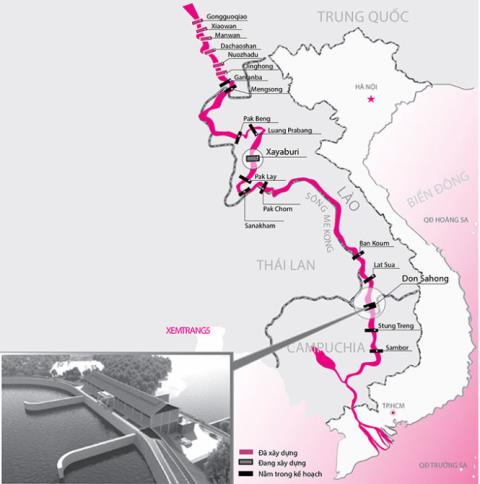A hotel design consultant currently working on the interior design for the Regent Phuket, which opens here early next year, says that many hotels, particularly in Phuket and Bangkok, need to rethink their aesthetics in order to remain competitive.
Competition is now fierce as many thousands of new rooms are coming on the market, not only in Phuket and Bangkok but throughout southeast Asia, the consultant warned last week.
Alan Barr of the Blink Design Group says that, “Knowing when to approach a [hotel] owner or operator at just the right moment with a new idea will help push [a property] ahead of the competition.”
And this relates to more than just interior design or architectural upgrades, he explains.
Both new builds and physical upgrades need to ensure brand integrity and identity to keep a property out in front of the competition.
“In a world overloaded with choices, standing out in the crowd becomes more and more important,” Mr Barr says.
Blink Design, a specialist in the hospitality industry, offers a range of services, including brand identity, master planning, architecture, interior design and computer visualization.
The firm was recently acquired by design giant Space Matrix whose CEO, Anurag Srivastava, says the merged entity will continue expanding in the hospitality arena with cutting-edge architecture and interior design throughout the Asia-Pacific, where it has 450 staff working out of 11 offices.
But Blink will retain its own brand and identity, Mr Srivastava says.
According to Mr Barr, Blink currently has projects in Thailand, Bali, mainland China, Vietnam, India, Singapore and Macau.
The firm has inspired a number of leading international hotels and resorts with its bespoke aesthetics. Names such as Hilton, Conrad, Langham Place, Le Meridien, Regent, Sheraton, and Westin are all in its portfolio.
Phuket’s luxury Jumeirah Private Island project was also a client of Blink, but development stalled out three years ago when the project faced insolvency.
Source: http://www.phuketgazette.net/archives/articles/2011/article11214.html


